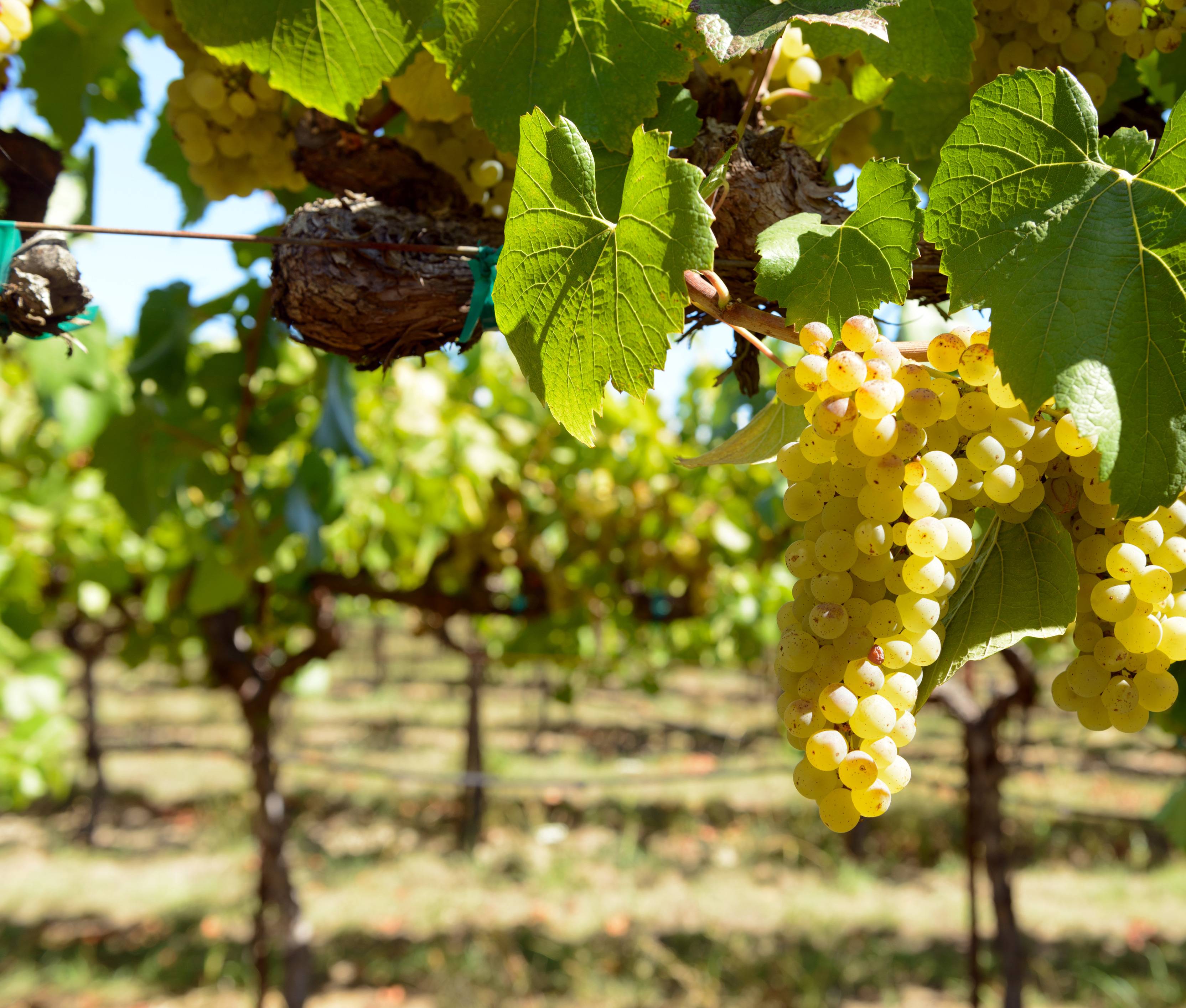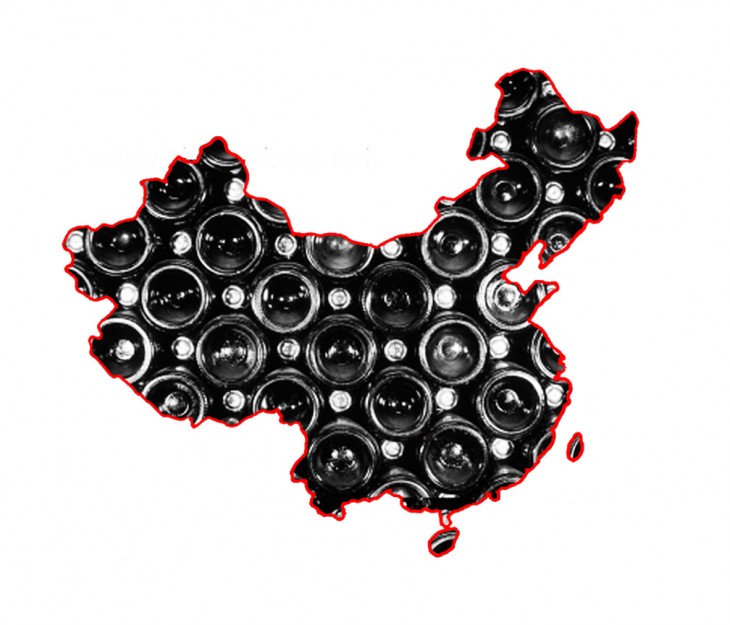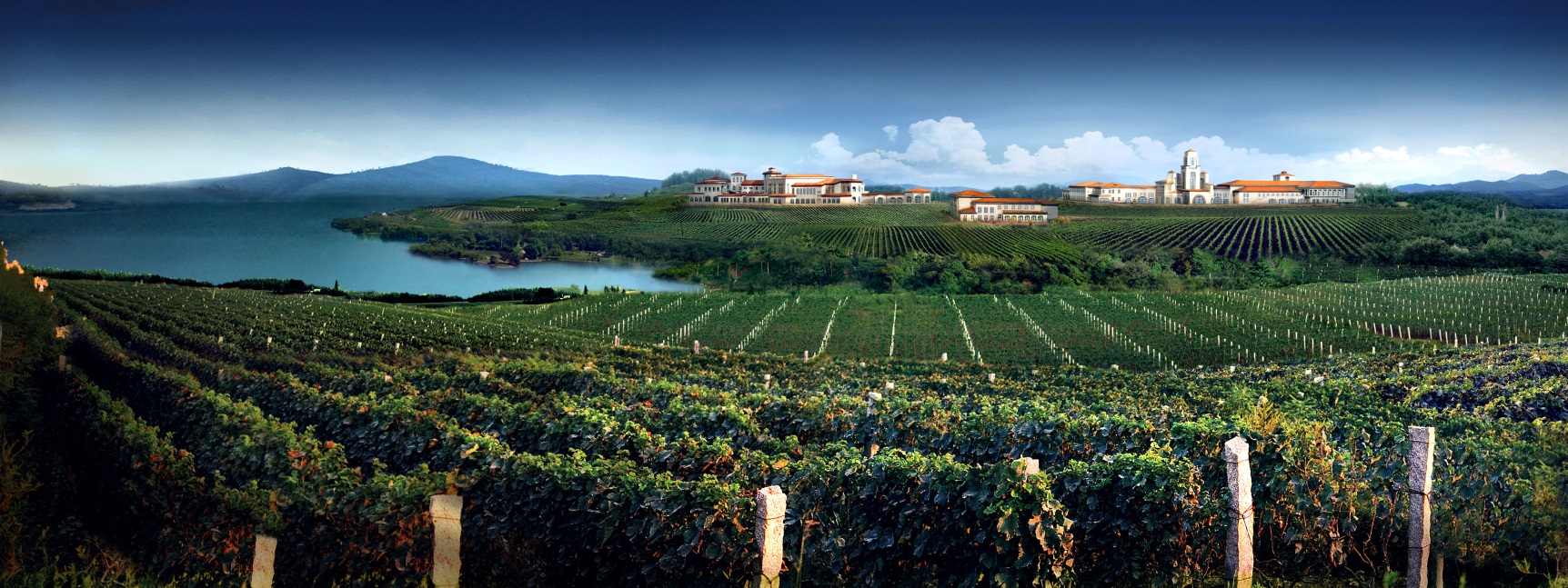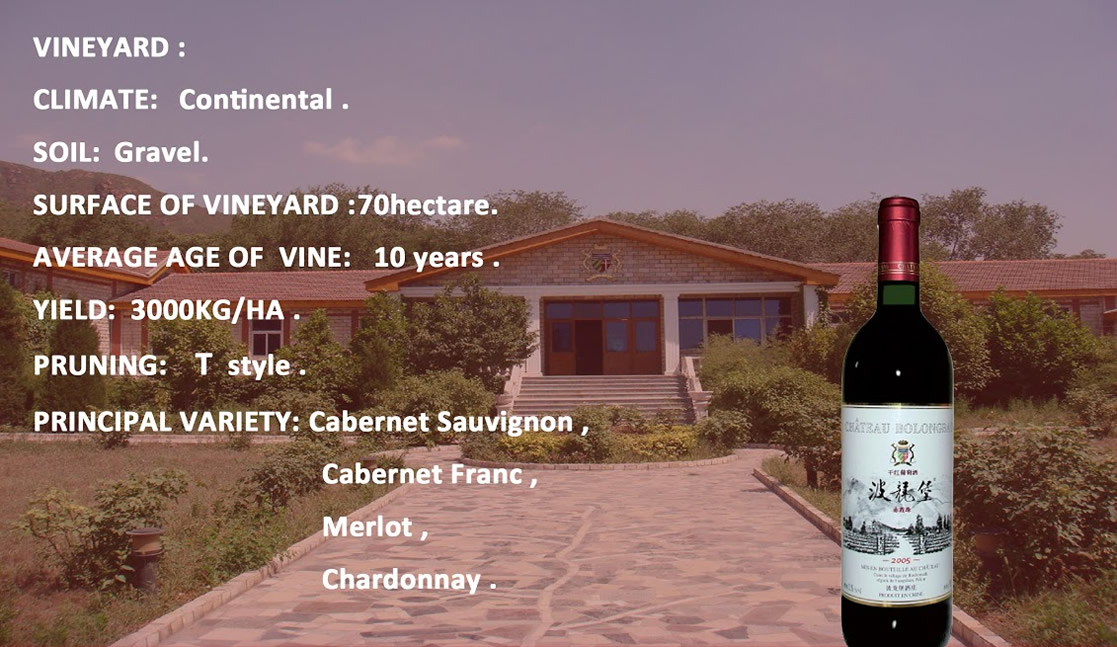China’s wine community continues to grow with a variety of styles and companies. Here are two vineyards to get to know in China if you’re interested in growing your knowledge of the Asian wine scene.
As WineDom has recently explored, the Chinese wine community is exploding. Fine wines are imported and enjoyed by the population. More importantly, though, Chinese producers are developing their own brands of wine – some of which are competitive on the world wine stage. The people of China are becoming more and more educated and yearn for their wines to be taken seriously by drinkers around the globe. Between educating themselves about world wines and the world about Chinese wine, this niche is developing rapidly while also having an effect on Chinese culture in general.
Chateau Junding
Located in the Shandong province, Junding is an impressive operation with a chic marketing campaign aimed at those who can afford pricier bottles of wine. Their labels are higher priced which supports the winery and allows it to produce bottles that are in demand. In the chateau’s basement there is an extensive tasting room and also individual wine fridges rented out by ambassadors, wealthy families and corporations. This is definitely a winery to take notice of; the Ambassador of Italy has a fridge.
Chateau Junding isn’t just doing the same old thing, though. They have an extensive Research And Development division that is focusing on cultivating rootstocks to be able to produce a variety of grapes. Junding is able to grow several varieties foreign to Chinese soil in order to produce wines of a broader appeal. Currently they use Chardonnay, Riesling, Merlot, Merlot, Shiraz, and Cabernet Sauvignon in 100% and blends.
Chateau Bolongbao
If boutique vineyards are your thing, this is the label to watch. Bolongbao has organic certification from China, the EU, and the US, and is very proud of its low impact wine production. Influenced by the Chinese philosopher Lao Zi, the owners believe in respecting nature as a lifestyle and not simply something to use to make a product. When starting, their chief winemaker was Chinese however they have brought in a Frenchman to head their production team.
Because of its boutique scale, it is difficult to get a bottle of this wine without going to the winery. Other options include joining their wine club, visiting the Duty Free shops at major Chinese airlines or visiting nearby Parisian restaurants who have bottles in their collections. Prices are high, which makes sense considering they are going for a Bordeaux style and Bordeaux is outrageously pricey in China – it is a much-loved wine.
From large scale to small, China continues to keep the international wine set interested and watchful as more and more local vineyards and wineries pop up around the large country. In addition to these two established vineyards there are others popping up. Stay tuned to winedom.com for more on the growth of Chinese wine.




